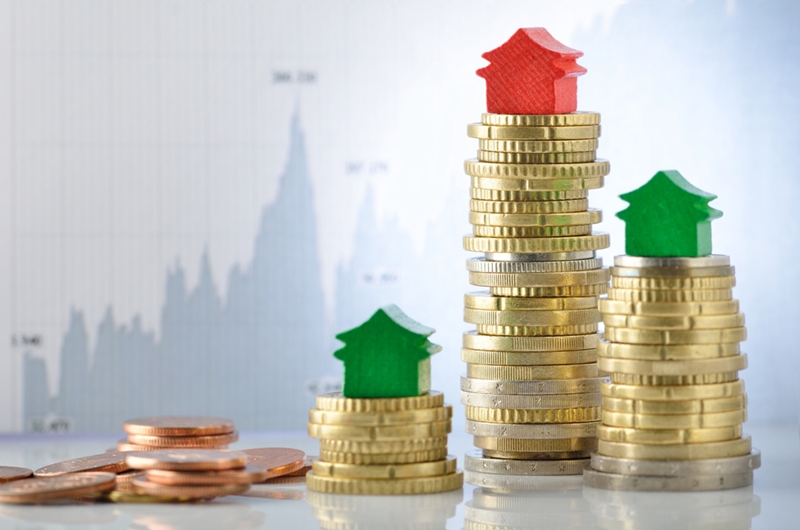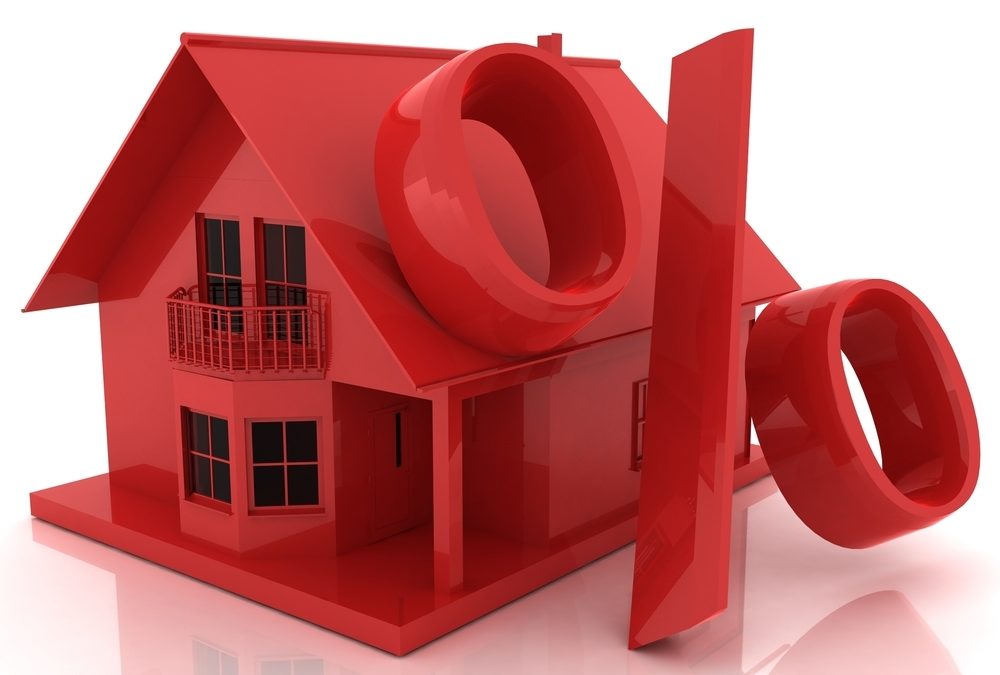Should I choose positive cash flow or negative gearing? It’s a question you must ask yourself in order to choose the best property investment strategy.
But understanding which one is better for you can be difficult, particularly as there are often complex tax considerations involved that could affect your decision. We’re going to try to clear up some of the confusion about positive and negative gearing, so that you can be confident buying your next property.
What does ‘gearing’ mean?
The term ‘gearing’ is used in finance to describe the amount of debt that someone has invested in an asset compared with the equity they own. In other words, it’s the ratio of debt to capital for an investment.
Australia has generous tax concessions for property investors who are negatively geared.
Gearing calculations often need complicated formulas, a collection of calculators and a team of maths whizz kids to work out, especially at large businesses with huge investment portfolios.
Thankfully, positive and negative gearing is a much simpler concept for property investments.
Positive gearing
Often referred to as ‘positive cash flow’, this is when your property investment earns you a profit after all your costs are subtracted.
For example, you are positively geared if your Sydney property generates $5,000 a month in rent and your mortgage, maintenance, interest and other expenses only total $3,500.
Negative gearing
Unsurprisingly, negative gearing is the inverse of positive cash flow.
Your property is negatively geared when operational and maintenance costs exceed rental income. This means you are operating at a loss, but there are advantages to this property investment strategy.

Pros and cons of positive gearing
The advantages of positive cash flow are fairly intuitive, yet disadvantages do exist.
The pros
Instant profits: Let’s start with an easy one. Positive cash flow means your property is putting extra money in your back pocket right from the offset.
You can use this cash to pay off the principal on your property faster, build your savings or simply have a little more spending money day to day.
Peace of mind: Positively geared properties are a lower-risk investment. They generate monthly returns and (hopefully) the property will continue to make capital gains.
If you’re a more conservative investor, you’ll have peace of mind that sudden market fluctuations are unlikely to capsize your portfolio.
The median price of a Sydney home is currently $856,000, according to the latest CoreLogic data.
Develop your property empire faster: Positively geared properties provide clear profit that you can save towards deposits on further homes.
This is an effective way of building a comprehensive property portfolio without running the risk of leaving yourself highly leveraged.
The cons
Higher taxes: Any extra income you earn from your property investments are subject to taxes.
Positively geared homes are therefore not always the best option for people who want to optimise tax minimisation strategies.
Lack of choice: The median price of a Sydney home is currently $856,000, according to the latest CoreLogic data. Pretty pricey, so you may struggle to find locations with positively geared properties.
If you have your eyes set on a dream home, positive cash flow may not be an option, so you’ll have to consider negative gearing.
Pros and cons of negative gearing
Negative gearing is a popular option for Australians. Figures from the Australian Taxation Office show that the majority of property investors across all aged groups are negatively geared – except the over 65s.
The pros
Tax benefits: Australia has generous tax concessions for property investors who are negatively geared, enabling you to offset your real estate losses against your total earnings.
There are also capital gains tax reductions for property investors who are negatively geared. To learn more about tax benefits for property investors, we’ve covered the topic in detail on a recent Edge + post.
Still enjoy capital gains: While you’re benefiting from lower taxes, your property should still be increasing in value. CoreLogic data shows Sydney prices jumped 12.4 per cent annually as of July 31 2017.
So whether you’re opting for a short- or long-term investment strategy, negative gearing allows you to get on the property ladder and begin building equity.
Purchase in high-growth areas: As mentioned, positive cash flow properties can be difficult to find in Australia. Negative gearing means you have much greater flexibility in where and when you purchase a home.
You can therefore choose locations where populations are on the rise, urbanisation or regeneration projects are planned, or are closer to employment opportunities.

The cons
Higher risk: Property investors who are negatively geared are vulnerable to severe market fluctuations. A sudden rise in interest rates or a collapse in real estate prices is far more damaging to those who are highly leveraged.
These problems are exacerbated for those who own multiple negatively geared properties.
Requires good cash flow: Despite the tax benefits, you’ll need money to cover out-of-pocket expenses to maintain your properties day to day while you build equity.
Without good cash flow, you can quickly become buried in costs, making it difficult to build a property portfolio.
Political hot potato: Some critics believe negative gearing has an adverse effect on the property market, artificially inflating prices and making it difficult for first-time buyers to purchase a home.
As such, the benefits of negative gearing may be discounted in the future if the government decides to take action.
The proportion of homes selling for at least $1 million is at new record highs | https://t.co/MQnr2yIdzv#aushousing #ausproperty #property pic.twitter.com/CF1klE1IIZ
— CoreLogic Australia (@corelogicau) August 16, 2017
What investment strategy is best for me?
We’ve covered the main pros and cons of positive and negative gearing, but if you’re unsure which approach to take with your next property investment, it’s important to talk to an expert.
The best strategy for you will depend on your:
- Current financial situation;
- Existing property and other investments;
- Short- and long-term objectives;
- Appetite for risk;
- Location needs; and
- Property management preferences.
For more details on how positive cash flow or negative gearing could help you achieve your property investment dreams, please contact PI Store for specialist advice tailored to your situation.

